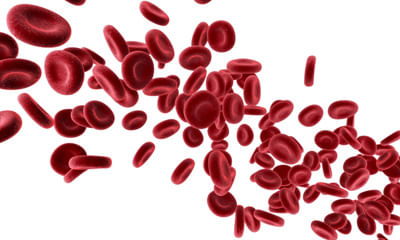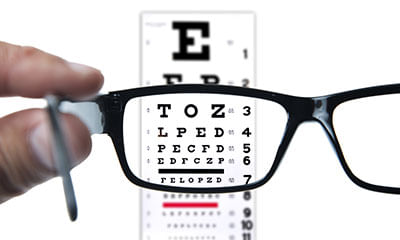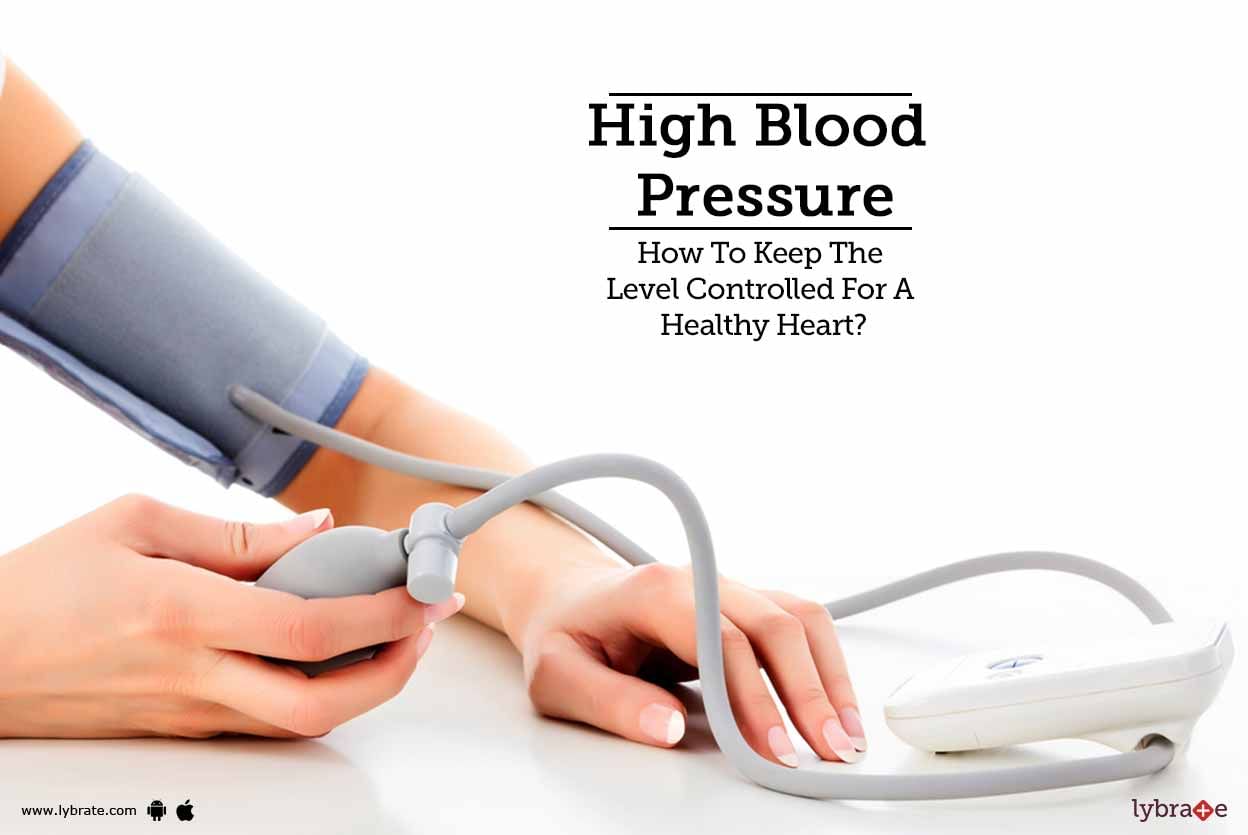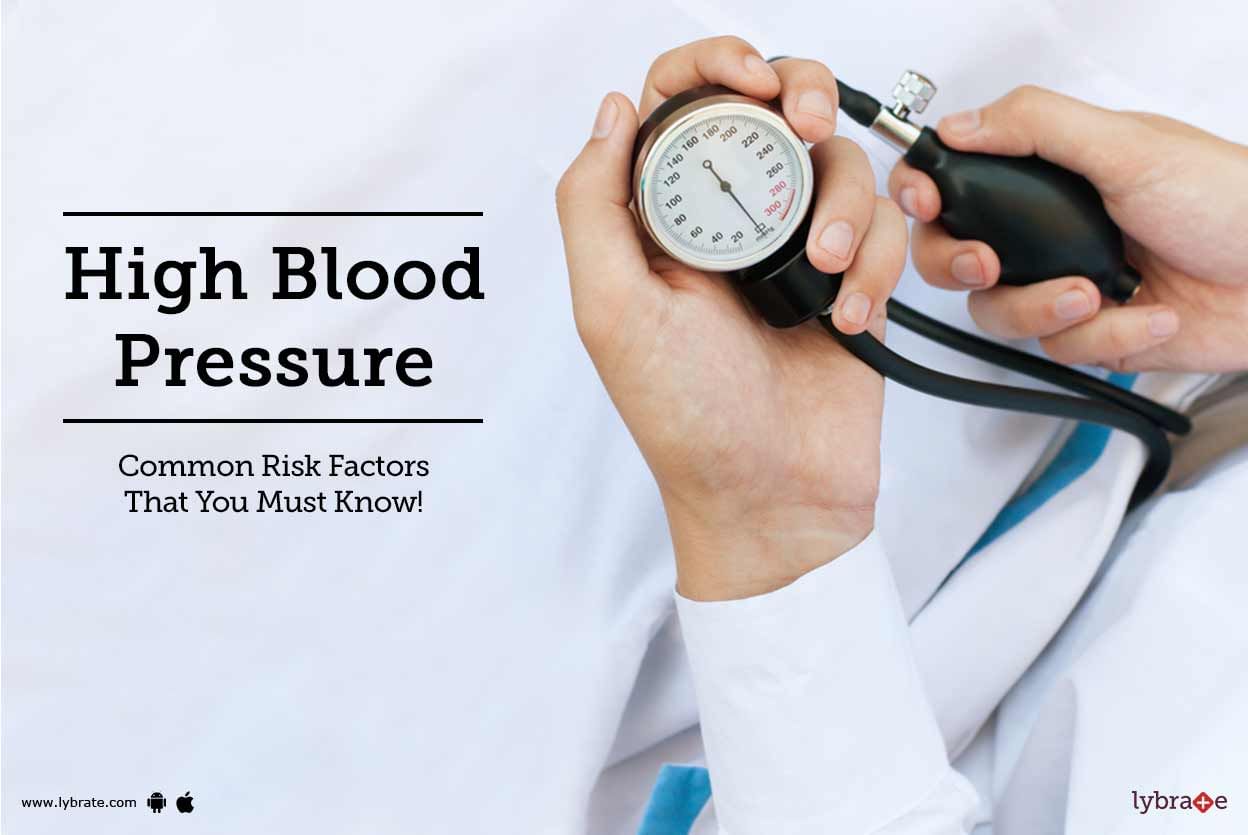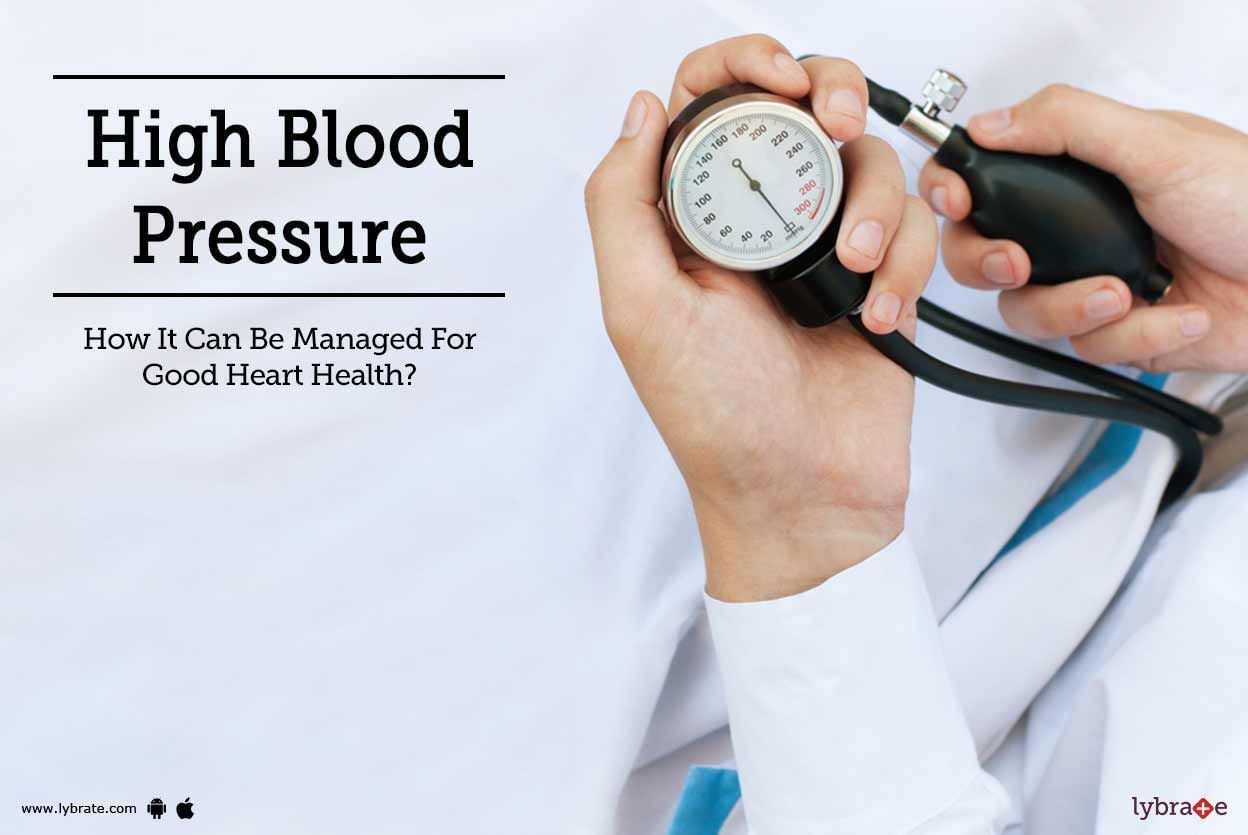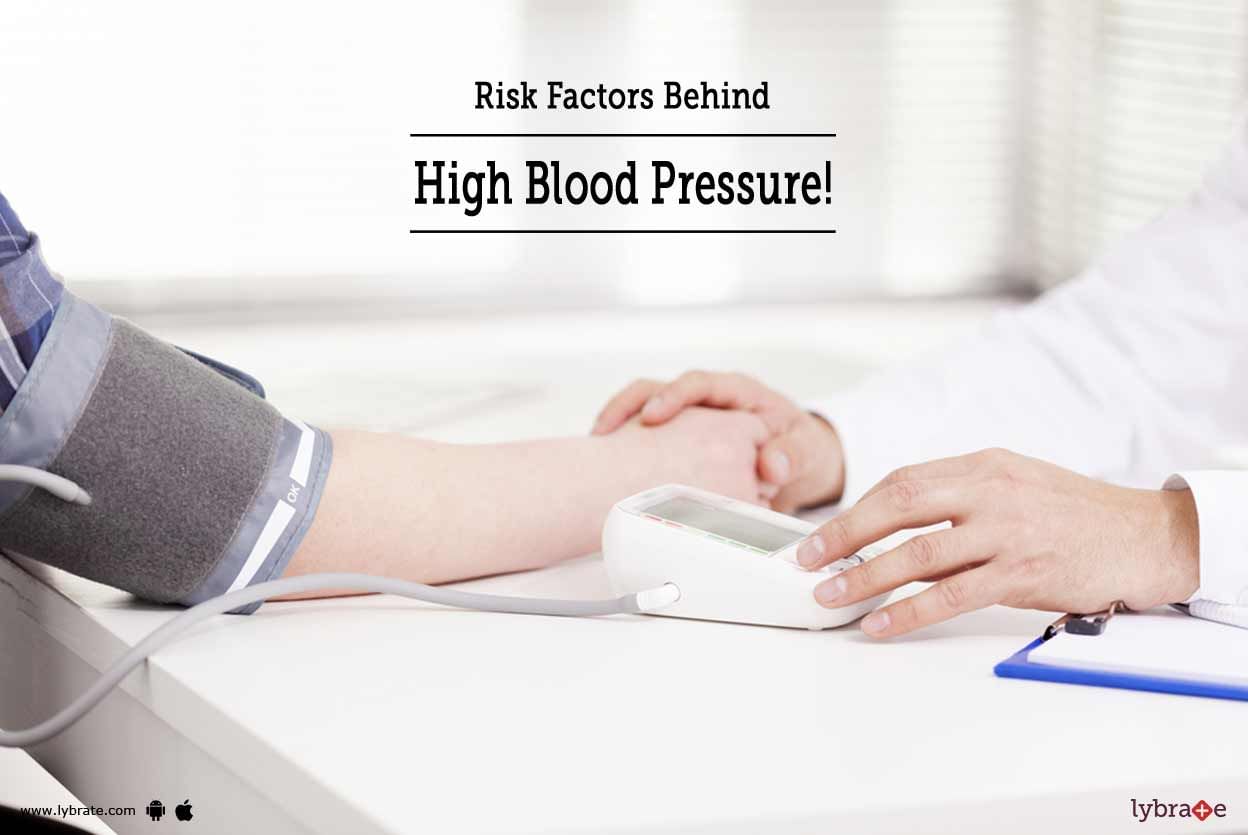Get the App
For Doctors
Login/Sign-up
Health Feed
Find Doctors
Health Packages
AllQ&AsTipsQuizzes
Ready to Eat Tips
Last Updated: 10 years ago• Featured Tip
Share
Bookmark
Report
Last Updated: 7 years ago• Featured Tip
Share
Bookmark
Report
Myopia is common in children these days. It is a eye refractive error The causes behind is the use of smart phone, computer, TV, more reading in electric light ,eating more Junk and spicy food and not doing eye exercise. Modern eye specialist suggests spectacles. Ayurveda treatments of Myopia depends upon special Ayurveda eye treatments like Netra Tarpanam, Nasyam, Basti etc. and special diet plan. By applying Ayurveda treatment protocol eye side will improve, we can delay bad effects on Re...more
Last Updated: 10 years ago• Featured Tip
Share
Bookmark
Report
Make a coarse powder of oats, take 2 tablespoons of it, add a teaspoonful of honey to it. Mix well & your mild home made facial srub is ready to use.
Last Updated: 10 years ago• Featured Tip
Share
Bookmark
Report
A nine month old is ready to eat from the family pot provided that the food is non spicy and wholesome. Offer the baby whatever is cooked in the house. Regular foods like dal, rice, khichri, mashed roti, boiled egg etc can be started. You can also give suji kheer, halwa, soups (Veg and non Veg) and chappatis soaked and mashed in dal,soup or dahi. A small amount of extra butter or ghee may be added to in the food. This adds to caloric value and helps the child gain weight. Fruits such as banana...more
Last Updated: 10 years ago• Featured Tip
Share
Bookmark
Report
5 tips to reduce salt in your diet1. Make reading food labels a habit. Sodium content is always listed on food labels. Sodium content can vary from brand to brand, so compare and choose the lowest sodium product. Certain foods don’t taste particularly salty but are actually high in sodium, such as cottage cheese, so it’s critical to check labels.2. Stick to fresh meats, fruits and vegetables rather than their packaged counterparts, which tend to be higher in sodium.3. Avoid spices and seasonings...more
Last Updated: 7 years ago• Featured Tip
Share
Bookmark
Report
The heart is a muscular organ that pumps blood to the entire body through a network of arteries and veins. This network contains big vessels which branch out further to supply blood to the distant organs. There is, therefore, some pressure that the heart and thereby the vessels need to exert to push the blood through these vessels. This is known as blood pressure, and normal pressure levels range from 90-140(systolic)/60-90(diastolic) mm of Hg. However, due to various reasons, this pressure coul...more
Last Updated: 7 years ago• Featured Tip
Share
Bookmark
Report
The heart is a muscular organ that pumps blood to the entire body through a network of arteries and veins. This network contains big vessels which branch out further to supply blood to the distant organs. There is, therefore, some pressure that the heart and thereby the vessels need to exert to push the blood through these vessels. This is known as blood pressure, and normal pressure levels range from 90-140(systolic)/60-90(diastolic) mm of Hg. However, due to various reasons, this pressure coul...more
Last Updated: 7 years ago• Featured Tip
Share
Bookmark
Report
The heart is a muscular organ that pumps blood to the entire body through a network of arteries and veins. This network contains big vessels which branch out further to supply blood to the distant organs. There is, therefore, some pressure that the heart and thereby the vessels need to exert to push the blood through these vessels. This is known as blood pressure, and normal pressure levels range from 90-140(systolic)/60-90(diastolic) mm of Hg. However, due to various reasons, this pressure coul...more
Last Updated: 7 years ago• Featured Tip
Share
Bookmark
Report
The heart is a muscular organ that pumps blood to the entire body through a network of arteries and veins. This network contains big vessels which branch out further to supply blood to the distant organs. There is, therefore, some pressure that the heart and thereby the vessels need to exert to push the blood through these vessels. This is known as blood pressure, and normal pressure levels range from 90-140(systolic)/60-90(diastolic) mm of Hg. However, due to various reasons, this pressure coul...more
Last Updated: 7 years ago• Featured Tip
Share
Bookmark
Report
The heart is a muscular organ that pumps blood to the entire body through a network of arteries and veins. This network contains big vessels which branch out further to supply blood to the distant organs. There is, therefore, some pressure that the heart and thereby the vessels need to exert to push the blood through these vessels. This is known as blood pressure, and normal pressure levels range from 90-140(systolic)/60-90(diastolic) mm of Hg. However, due to various reasons, this pressure coul...more
Ask a free question
Get FREE multiple opinions from Doctors
posted anonymously


